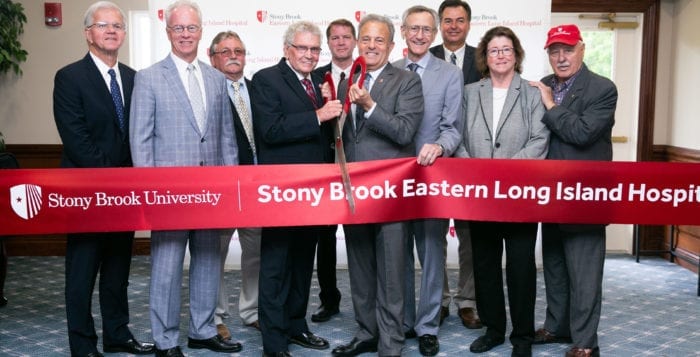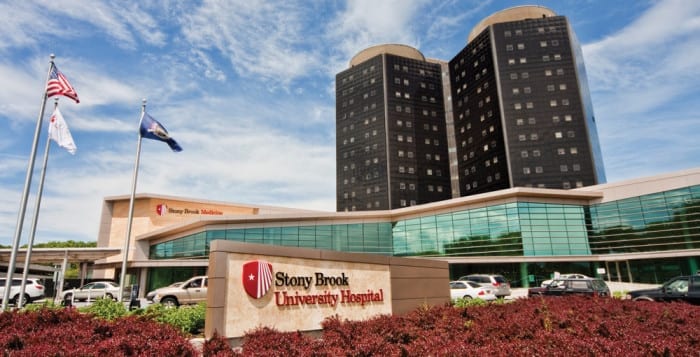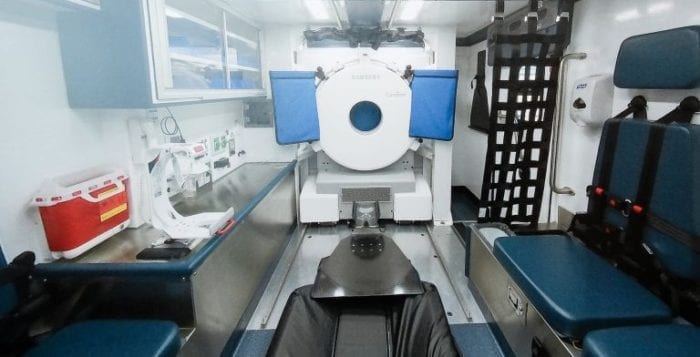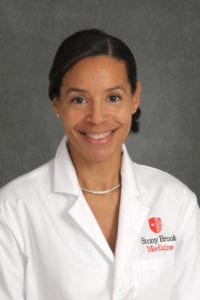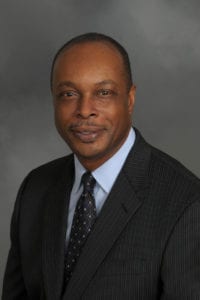By Carol A. Gomes
With the latest addition of Stony Brook Eastern Long Island Hospital, Stony Brook Medicine further expands its role as a leading integrated health care system delivering increased care options to benefit our patients across Long Island.
The Stony Brook Medicine health care system now consists of Stony Brook University Hospital (SBUH), Stony Brook Children’s Hospital (SBCH), Stony Brook Southampton Hospital (SBSH) and Stony Brook Eastern Long Island Hospital (SBELIH). The system includes more than 1,200 physicians on the full-time faculty in the Renaissance School of Medicine and nearly 200 additional employed physicians in the community. Our ambulatory footprint is comprised of more than 100 outpatient care sites, strategically located to enhance convenient access to care.
The hospitals in the Stony Brook Medicine health care system will work together to provide access to the full range of health care services to East End residents, locally in the community and at SBUH, a world-class tertiary medical center. By combining our resources, we will match patients with the right type of care in the right facility.
Our objective is to improve coordination of complex episodes of care for our patients while at the same time improving efficiency and lowering the cost of care. To deliver this seamless care, we are making considerable incremental investments to facilitate caregiver communication, including integration of electronic medical records.
We look forward to further realizing the benefits of combining a large academic medical center with community-based hospitals. The latter offers unique academic and training opportunities for our residents and fellows. As clinical campuses and training sites, SBELIH and SBSH will help increase the number of physicians, specialists, allied health professionals and nurses on Eastern Long Island choosing to explore opportunities to practice medicine in community settings.
For example, Stony Brook Medicine already hosts a psychiatric residency program at SBELIH, and a new Mastery in General Surgery Fellowship program provides surgical fellows with four months of community hospital experience.
Stony Brook has also improved access to prehospital emergency care on the North Fork, with two EMS “fly cars,” staffed by paramedics who serve as first responders on the scene of emergencies. In the future, telehealth connections will be established between the emergency departments of SBUH and SBELIH, and on Shelter Island, to further improve direct access to Stony Brook Medicine specialists.
Fortunately, Stony Brook Medicine has a long history of working collaboratively with both of our community-based hospital partners to meet the needs of patients on the East End. Formalizing the relationship with SBSH two years ago and now adding SBELIH to the system will allow us to work even more closely together to improve access to medical and surgical services, as well as specialty care, and to offer new community-based health programs.
We look forward to creating even closer ties in the future as we further develop our integrated healthcare system, with the patient at the center of everything we do.
Carol A. Gomes, MS, FACHE, CPHQ is the Interim Chief Executive Officer of Stony Brook University Hospital.
Pictured above, at the Stony Brook Eastern Long Island Hospital ribbon-cutting ceremony, held on July 23, from left: New York State Assemblyman Fred W. Thiele Jr.; Paul J. Connor III, Chief Administrative Officer, Stony Brook Eastern Long Island Hospital; Greenport Mayor George Hubbard; Thomas E. Murray Jr., ELIH Board Chairman; Scott Russell, Supervisor, Town of Southold; Michael A. Bernstein, PhD, Interim President, Stony Brook University; Kenneth Kaushansky, MD, MACP, Senior Vice President, Health Sciences, and Dean, Renaissance School of Medicine at Stony Brook University; Al Krupski, Suffolk County Legislator; Margaret M. McGovern, MD, PhD, Vice President for Health System Clinical Programs and Strategy, Stony Brook Medicine; and New York State Senator Kenneth P. LaValle.

